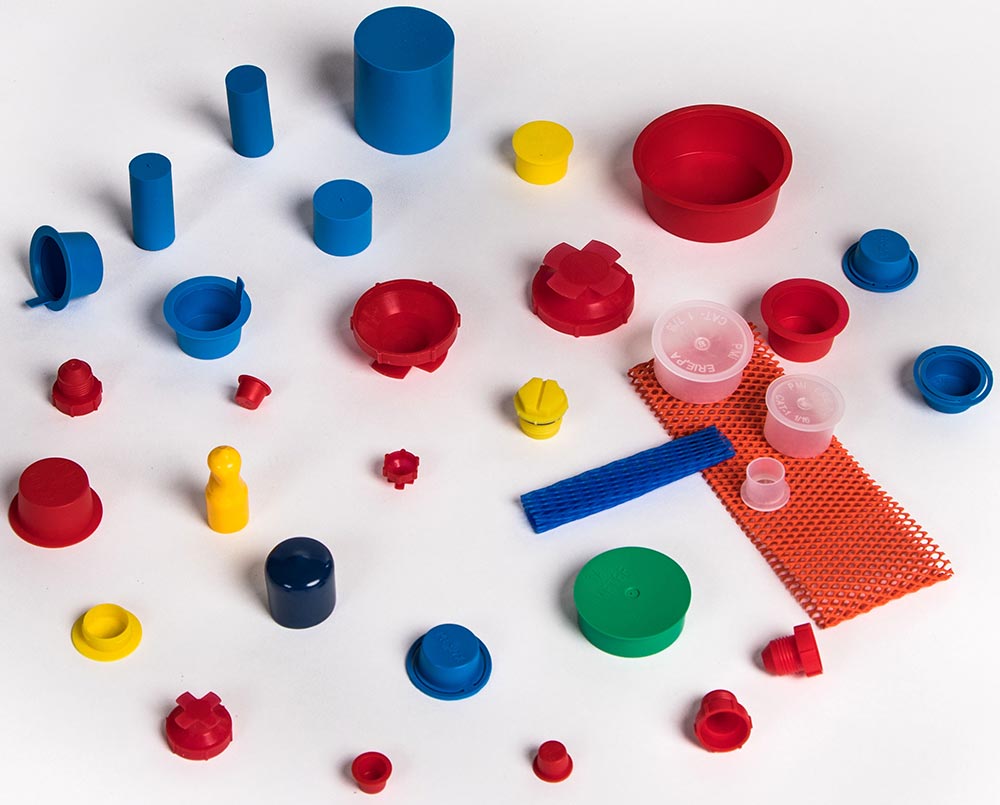News & Events


Molding Terminology: What Is Rapid Plastic Prototyping?
Rapid plastic prototyping is essential for transforming innovative concepts into tangible products due to the need for faster production. It ensures precise and functional models by employing advanced materials and cutting-edge technology, allowing manufacturers to improve operations. Discovering more about the molding terminology of rapid plastic prototyping and investing in this methodology is a strategic move toward staying competitive and meeting consumer demands efficiently.
What Is Rapid Plastic Prototyping?
Innovation and speed are crucial when manufacturing a product. What is rapid plastic prototyping, and how can it help with these needs? It’s a game-changing technology that allows manufacturers to develop and test new designs quickly.
This technique involves creating scale models of a part or product using various methods in plastic manufacturing. The ability to swiftly move from concept to prototype helps industries stay competitive and flexible.
The Process of Rapid Plastic Prototyping
The rapid prototyping typically starts with a computer-aided design (CAD) model. This digital blueprint helps create a physical prototype using several methods, such as 3D printing, CNC machining, or injection molding.
Each method has its set of advantages, so manufacturers can choose them based on the specific project's requirements. After the prototype’s creation, it’s possible to test and refine it before moving to full-scale production.
Prototyping vs. Rapid Prototyping
While regular prototyping and rapid prototyping aim to create preliminary models of a product, the key differences lie in speed and flexibility. Traditional prototyping methods are more time consuming, requiring specialized tooling and longer lead times. In contrast, rapid prototyping leverages advanced technologies, such as 3D printing and CNC machining, to produce models quickly and cost-effectively.
This technology enables faster iterations and immediate feedback, allowing multiple design revisions in a shorter period. Rapid prototyping also offers greater flexibility, as it easily accommodates complex geometries and intricate details that are challenging to achieve with conventional techniques. Rapid prototyping is a more efficient and agile approach, making it particularly advantageous in today's fast-moving and competitive markets.
The Importance of Rapid Prototyping
Rapid prototyping is a necessity for modern manufacturing. It enables companies to test their designs' form, fit, and function before committing to full-scale production.
This testing reduces the risk of costly errors and accelerates the product development cycle. Rapid prototyping offers a significant advantage in today's market, where speed-to-market determines success or failure.
Benefits and Applications Across Industries
Rapid plastic prototyping offers numerous benefits across various industries. In aerospace, it provides the quick development and testing of complex components, reducing the time and cost associated with traditional manufacturing methods.
The military benefits from rapid prototyping to quickly develop and test new equipment, ensuring soldiers have the best tools available. Small businesses also benefit from rapid prototyping by bringing innovative custom plastic molding products to market faster than their larger competitors.
Rapid plastic prototyping is revolutionizing product design, testing, and manufacturing. Its ability to quickly turn concepts into physical models allows for faster innovation and reduces the risk of costly errors.
As you can see, the molding terminology “rapid plastic prototyping” is important. The technology is necessary for growth in various industries. By integrating it into their operations, these industries can stay ahead of the curve and innovate rapidly.

